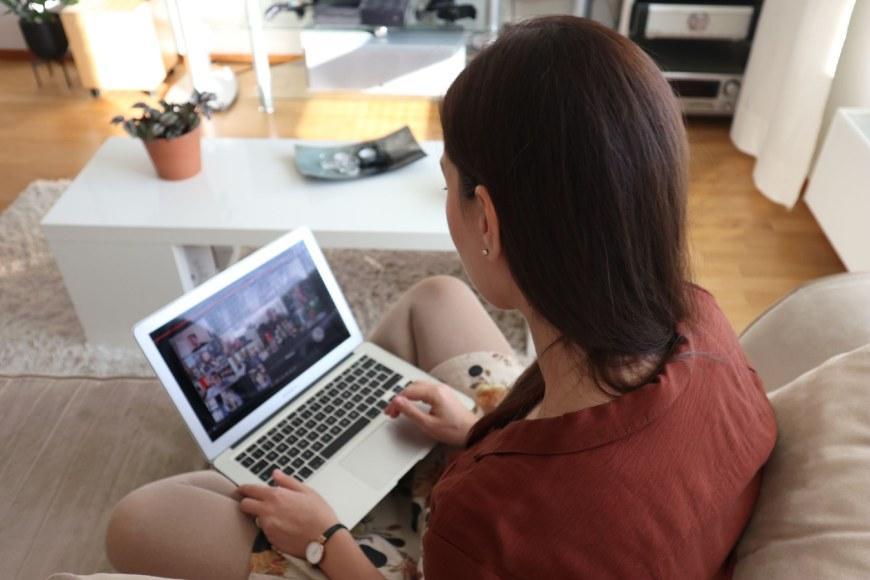Newspapers create an othering identity for young vocational students

The JÄLKES-Boomerit! Meidän äänemme kuuluviin ja näkyviin project studied publications of nine newspapers between 2010 and 2020. A total of 4,513 articles and 362 young vocational students from all over Finland participated in the study as volunteers and anonymous co-researchers. The study was conducted in 2021–2023 and it was funded by the Helsingin Sanomat Foundation.
According to research results, newspapers have created an othering identity of young vocational school students, which cuts them away from other identities and aspects of humanity. Vocational education and vocational students were featured in all newspapers, but their voices were rarely heard. All newspapers described young vocational students in the same way, for example, as uneducated and as being weaker in health and lifestyle than upper secondary school students.
Vocational education is rarely seen as social influencers in the media
In the media, young people’s experiences and views have not been reflected in social themes or influencing, but vocational students were often portrayed as faceless workers and resources of business life.
According to co-researchers, newspapers have a need to portray vocational students as stupid, incompetent and invisible social influencers. In reality, young people reported that they participate and influence society extensively in different ways, says researcher and research project leader Niina Meriläinen:
“Young people feel excluded from changemakers and intelligent youth because they are studying at vocational schools. They are perceived as less valued and consciously othered. However, young people do not recognise themselves in the light in which the media frames them. They emphasise that they are more than ‘just vocational students’ and want to be seen and valued as diverse individuals,” she says.
Young vocational students feel that the media creates a forced identity for them. They have to carry that burden even after their studies have ended, because the identity framed by others is repeated throughout society at schools, in the media and, to some extent, at home.
Young people know their education is not valued in Finland
The study shows that newspapers have focused more on candidates for the matriculation examination and upper secondary school students than on young vocational students. The main pages of several newspapers, for example, contained news about the school-leaving ceremonies of secondary school graduates, and only on the inside pages were stories about young people who graduated from vocational schools.
Young people considered the ‘negative attitude towards vocational school students’ maintained in Finnish society to be normal, but a reality that must be eliminated.
“For vocational school graduates, the focus of news coverage is almost always work-related, which strengthens the creation of ‘a worker’s identity’. Young people also feel that they have to defend their choice to go to vocational school, even if ‘grades would have been enough for upper secondary school’ or their ‘average grade is very high’. Young people know that they and their education are not valued in Finland,” Meriläinen points out.
The study revealed that some young people experienced bullying and disparagement from teachers, which affected their experience as vocational school student. According to Meriläinen, some teachers even doubted the ability of young vocational students to participate in research:
“There were teachers participating in the study who commented that young people were in day-care at school and considered them inferior to upper secondary school students. Especially upper secondary school teachers doubted the ability of vocational students to form sentences and talk about society coherently. I was also questioned as a researcher because my research does not focus on upper secondary school students,” Meriläinen mentions.
She emphasises that the comments only increased her desire to conduct research with vocational students and young people in preparatory education for an upper secondary qualification:
“According to the study, young people are afraid of being active because they are worried about mental and physical harassment, violence and bullying from adults, decision-makers, journalists and officials. I see here a widespread use of power and exclusion that needs to be thrown into relief,” Meriläinen says.
Young vocational students want to show that they are as good as upper secondary school students
Young people welcome journalists and decision-makers to vocational schools to meet them, because they want to show that they are as good as upper secondary school students.
“On the other hand, this is sad, because this burden of proof should not fall on young people. It is up to adults and different areas of society to see and hear young people without prejudice. It seems that right now the goal is more to raise up certain young people at the expense of others,” Meriläinen points out.
She emphasises that young people’s experiences and views are important for understanding how young people’s inclusion and justice in society can be promoted:
“I want to investigate whether the research results are really due to the low appreciation of so-called worker professions or to the connection between political trends and appreciation of people, or perhaps something else entirely. This requires extensive multidisciplinary research involving young vocational students,” she mentions.
Meriläinen is currently conducting extensive multidisciplinary power relations research. As part of this, she wants to find out why the othering of vocational students is the status quo. The study, funded by Kone Foundation (2022–2025), examines, among other things, the power of framing and language, information influencing, and the power of different internet and social media platforms and influencers in relation to young people.
In addition, the research focuses on political power relations, the power of artificial intelligence, algorithms and coders, and who influences them, how and why. The research project combines multidisciplinary science and art.





